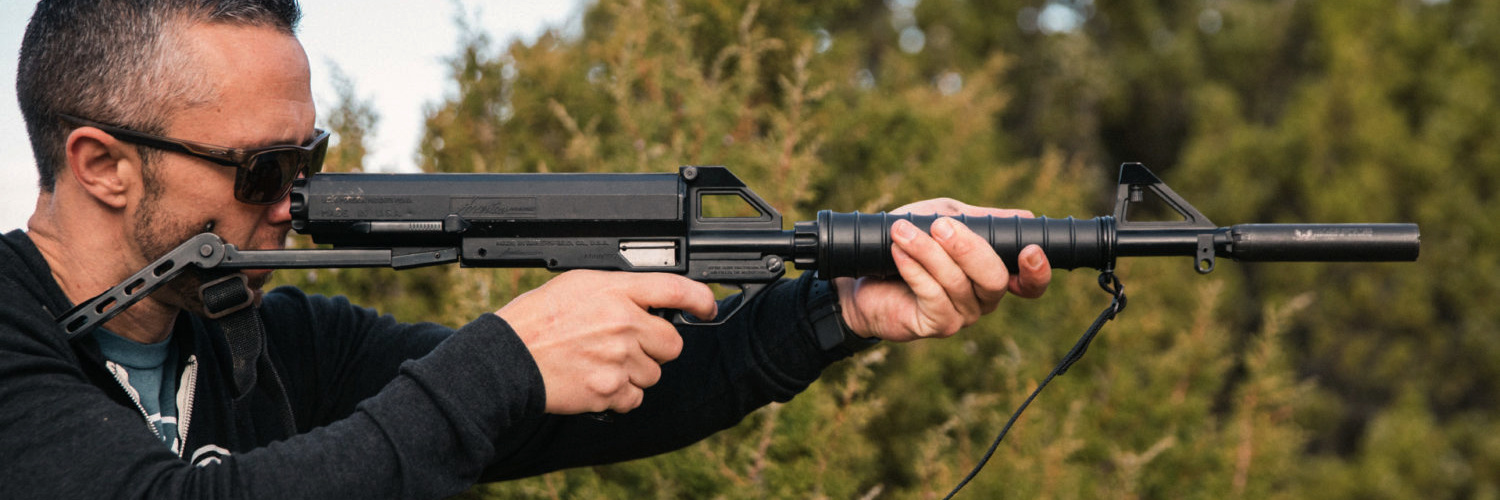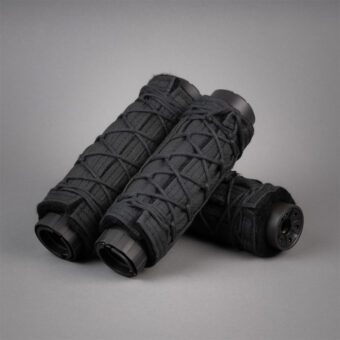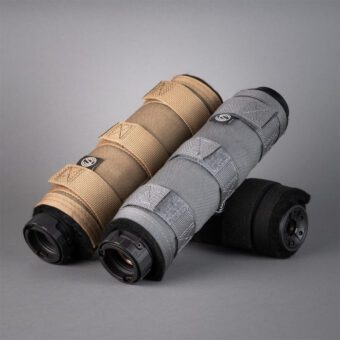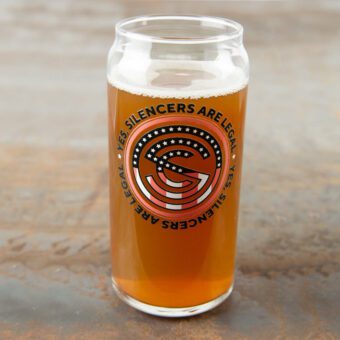What Is a Suppressor Piston and How Does It Work?
Travis Pike
Suppressing a handgun is not as simple as direct threading your silencer onto the end of a threaded barrel. While the process isn’t overly complex, it does involve an additional component, called a piston. This piston connects the threaded barrel and the suppressor, playing a crucial part in the process of sound suppression.
Pistons are used with most suppressed handguns, but not all. If your handgun uses a short recoil system, you need a piston. With a short recoil system the barrel and slide recoil a short distance together before the slide continues rearward and cycles the action. The added weight of a suppressor can interrupt these actions and cause malfunctions. That is where a piston comes in.
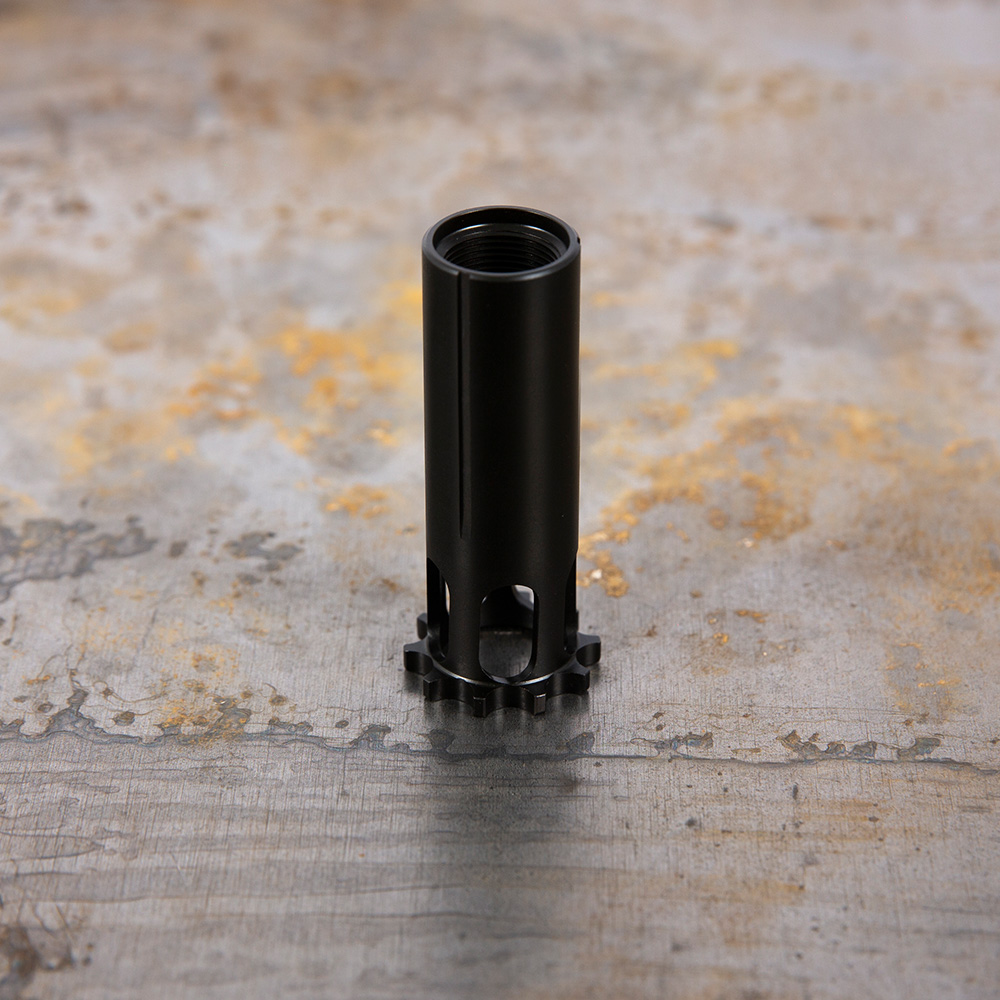
What is a piston?
The piston is a small metal device that acts as the bridge between your handgun and the suppressor. It is threaded to match the thread pitch of your barrel. This piston allows the gun to counterbalance the weight of the suppressor and function normally.
Sometimes the term “piston” is used to refer to the entire piston assembly. A piston assembly is the piston itself, the piston mount, and the piston spring. It’s also known as a muzzle booster or Nielsen device. The piston spring slides over the piston, and the piston mount compresses the spring and ties the assembly together. Ultimately, this complete piston assembly is threaded onto the suppressor for proper function.
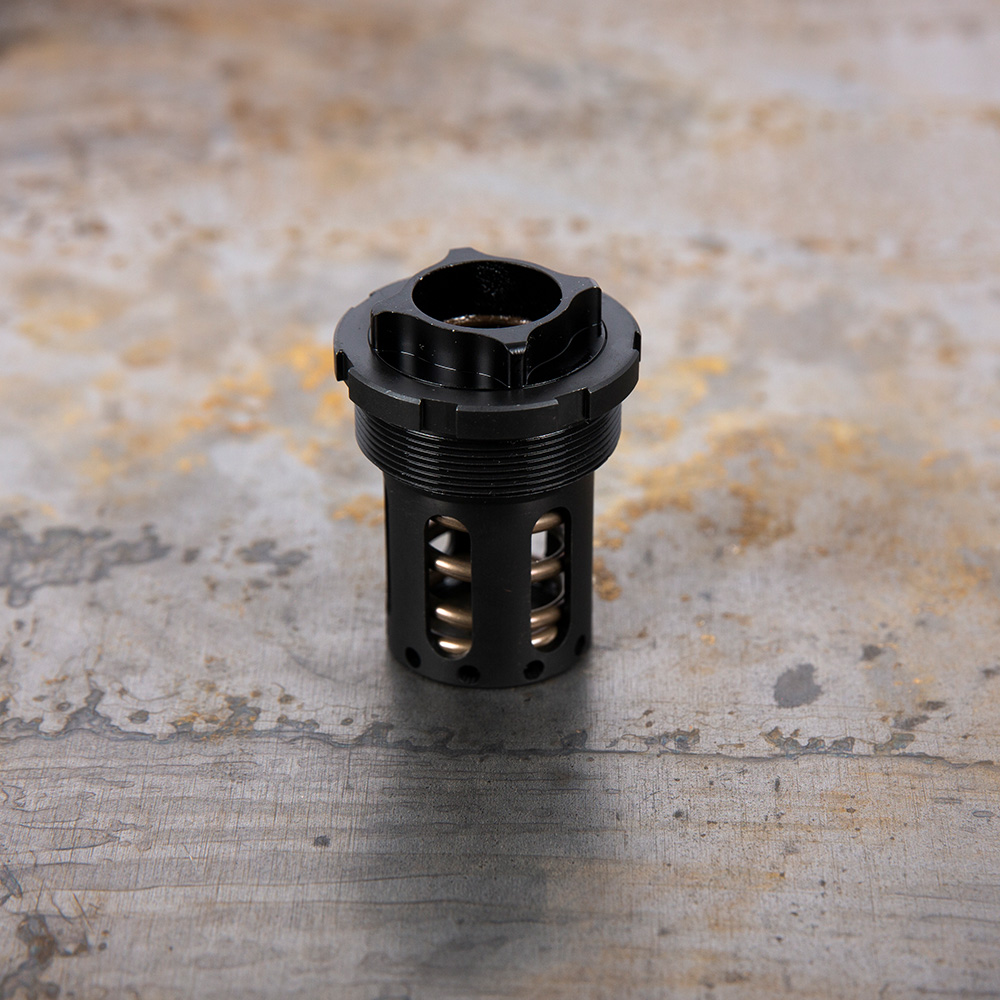
How do pistons work?
The first job of a piston is to facilitate the attachment of the suppressor to your gun. The threaded internal section of the piston engages with the external barrel threads, establishing a secure connection between the piston and the gun.
We previously mentioned how the weight of the suppressor can potentially disrupt short recoil operation. More specifically, the weight of the silencer can slow down the cycling process, resulting in operational malfunctions. Here’s where the piston comes into play: it counterbalances the increased weight as the weapon cycles.
Coordinating with the rest of the piston assembly, the piston drives the suppressor forward as the barrel moves in a rearward and upward direction. This forward motion counteracts the weight of the suppressor, enabling seamless cycling of the firearm without issue.
What's the difference between an XL, Standard, and SN piston?
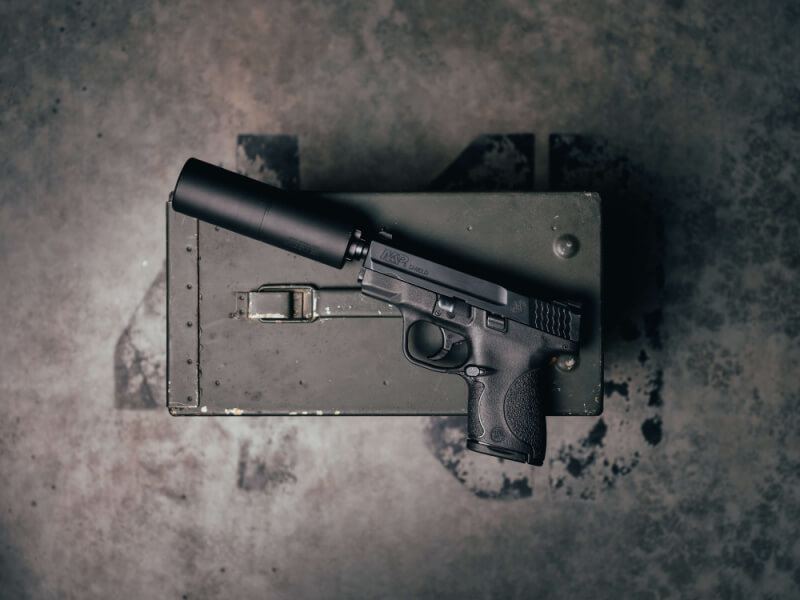
A standard piston is the prevailing choice for use with short-recoil handguns, relying on the barrel’s shoulder for alignment. This design provides sufficient clearance for the weapon to function properly without the need for additional length.
In contrast, the XL variant is an extended piston tailored for platforms that need additional clearance between the threaded barrel and the pistol. This additional length becomes essential in scenarios where the suppressor might come into contact with the recoil rod or slide. Such contact can push the firearm out of battery or cause an interruption to its function. An XL piston provides that extra clearance.
As for the SN piston, SN stands for “shoulder nose.” This type of piston is engineered to align with the muzzle rather than the barrel’s shoulder. The design addresses handguns that lack a prominent shoulder to index against, which is particularly true with compact models like the Sig Sauer P365 or Glock 43.
How To Choose a Piston
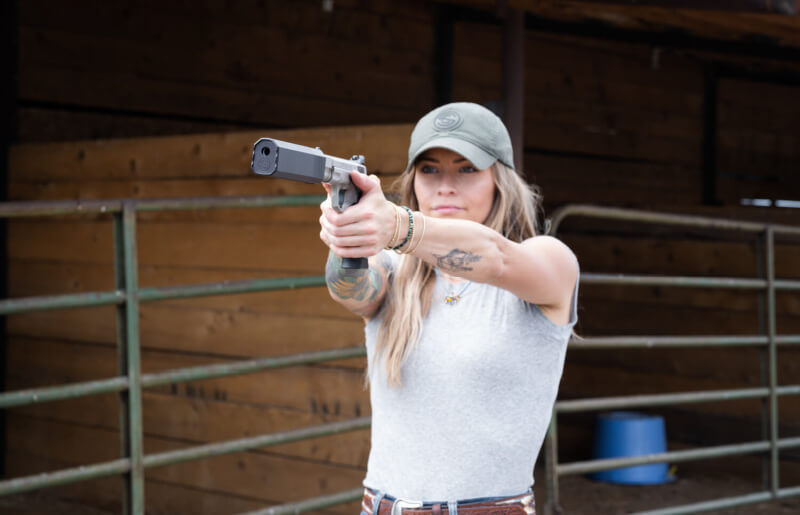
When choosing a suppressor piston, it’s crucial to factor in both the operational space required by the suppressor and your gun, as well as how the suppressor aligns with the barrel. These considerations will help you choose the appropriate piston variant — whether it’s an XL, Standard, or SN model.
The next biggest consideration is the thread pitch of your barrel, which takes precedence over the caliber of your firearm. and not necessarily the caliber of your firearm. Some calibers do have more standardized barrel thread pitches than others. For example, a 9mm barrel commonly employs a 1/2x28mm thread pitch, while certain SIG Sauer pistols utilize a 13.5x1LH pitch. When choosing your piston, prioritize the thread pitch over the caliber, as the thread pitch has a greater impact on compatibility and function.
SilencerCo Piston Kit: Versatile Suppressor Compatibility
If you have multiple pistols and a suppressor that’s adaptable to various firearms and calibers, the SilencerCo Piston Kit offers five pistons at the cost of four. The kit also includes a Booster assembly O-ring pack, an M13 O-Ring pack, and an M16 O-ring pack.
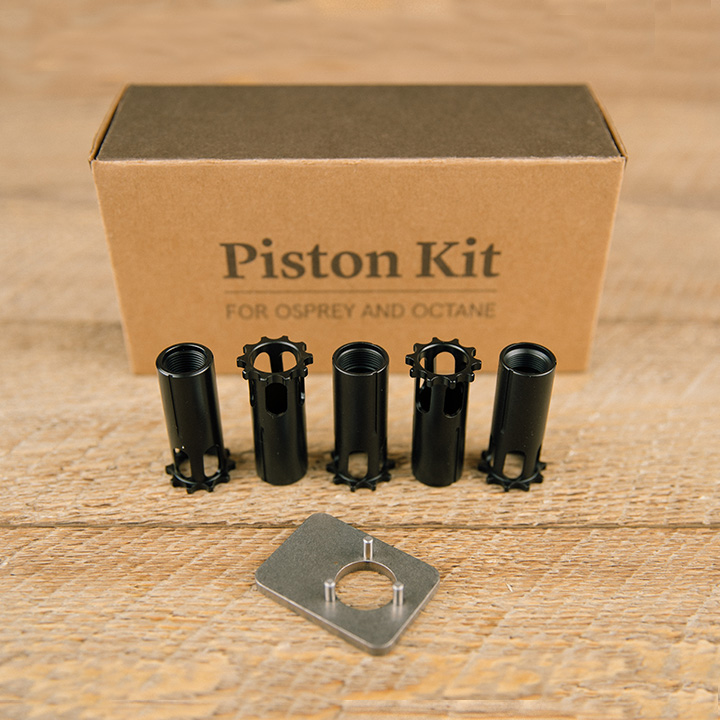
A piston is a valuable yet often underestimated accessory for your firearm—suppressor setup. Make it a priority to choose reliable a piston from a reputable company with a history of high-quality products. SilencerCo offers an extensive selection of pistons for various thread pitches and lengths.


